The Mustard Chronicles: Where Did This Spicy Wonder Come From?
Introduction: A Dash of Zing Through the Ages
If you’ve ever slathered a hot dog in yellow mustard or added a dollop of Dijon to your vinaigrette, you know that mustard packs a punch. But have you ever wondered where this spicy staple came from? Spoiler alert: it didn’t just spring out of a jar one day. Mustard has roots as deep and complex as its flavor profile — spanning continents, cultures, and centuries.
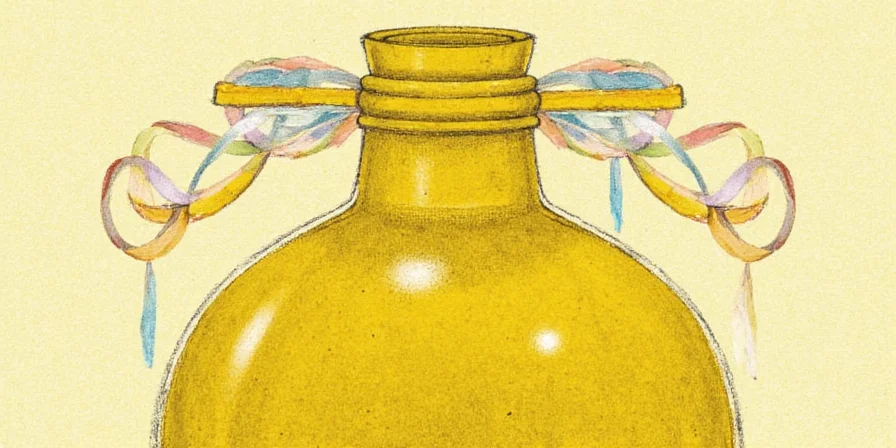
A Brief History of Mustard: From Ancient Roots to Modern Condiments
Mustard’s story begins long before ketchup was even a twinkle in someone’s condiment bottle. Here’s how this fiery flavor made its way from ancient civilizations to your kitchen shelf:
- Ancient Egypt: The earliest recorded use of mustard dates back over 5,000 years! Egyptians used mustard seeds for both culinary and medicinal purposes, grinding them into pastes and using them in embalming practices.
- Greece and Rome: The Greeks took mustard beyond the apothecary, using it in cooking. Hippocrates himself wrote about mustard’s healing properties. Romans elevated it further by mixing it with wine residue to create an early version of what we’d recognize as prepared mustard.
- Medieval Europe: Mustard became a noble household staple in France and Germany. Monks in Burgundy began perfecting mustard recipes, laying the groundwork for Dijon mustard’s rise centuries later.
- Renaissance & Beyond: As trade expanded, so did mustard’s global reach. By the 13th century, mustard-making guilds were established in France, and mustard had cemented itself as a culinary essential.

Where Did Mustard Originate? Let’s Break It Down
While mustard’s exact origin point is hard to pinpoint (spoiler: it’s not one place), we can trace its ancestral homes through its three main seed varieties:
| Type of Mustard Seed | Native Region | Flavor Profile | Common Uses |
|---|---|---|---|
| Black Mustard (Brassica nigra) | Mediterranean & South Asia | Strong, sharp heat | Indian curries, pickles, traditional mustards |
| Brown Mustard (Brassica juncea) | India / Himalayas | Spicy, pungent | Dijon-style mustards, Chinese mustard |
| White/Yellow Mustard (Brassica hirta) | Mediterranean | Milder, tangy | American yellow mustard, German sweet mustards |
How Different Cultures Adopted and Adapted Mustard
Once mustard started spreading across trade routes, each region gave it their own unique twist. Here’s how different cultures turned mustard into their signature flavor bomb:
- India: Mustard oil is the backbone of Bengali and Punjabi cooking. Crushed mustard seeds are used in chutneys, pickles, and marinades. In Kerala, they’re fried until they pop, releasing a nutty aroma in dishes like meen molee.
- France: Dijon mustard, developed in the 19th century, became the gold standard for gourmet mustards. Made with brown mustard seeds and verjuice (unripe grape juice), it’s smooth, bold, and unforgettable.
- Germany: German mustard varies from sweet and mild in Bavaria to hot and coarse in Düsseldorf. It’s a must-have for sausages and pretzels.
- China: Chinese mustard (made from brown mustard flour and water) is fiery and sinus-clearing. You’ll find it served alongside Peking duck and dumplings.
- United States: Yellow mustard, invented in 1904 by George French, became a national obsession. Today, there are over 150 types of mustard sold in the U.S., from beer-infused to honey mustard.
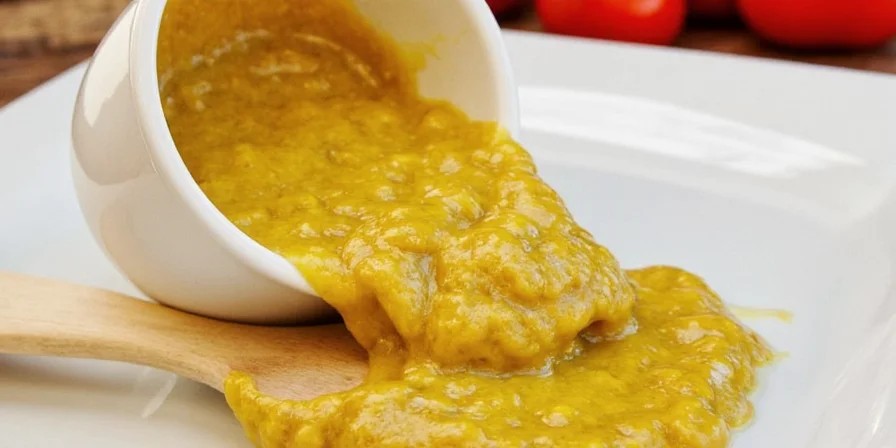
5 Mustard Hacks Every Spice Lover Should Know
Ready to up your mustard game in the kitchen? Try these practical tips:
- Create Your Own Mustard Blends: Mix dry mustard powder with vinegar, water, or wine to make custom blends at home. Add spices like turmeric, paprika, or garlic for extra flair.
- Add It to Marinades: Mustard helps tenderize meat and infuse flavor. Try adding a spoonful to your next BBQ marinade for steak or chicken.
- Boost Salad Dressings: Whisk in some Dijon mustard to emulsify dressings and give them a tangy kick without overpowering other flavors.
- Make Mustard Oil at Home: Heat mustard seeds in neutral oil (like grapeseed or avocado oil) until fragrant. Strain and store for a homemade alternative to store-bought oils.
- Use It in Baking: Believe it or not, mustard pairs well with honey and whole grain bread. Try it in your next batch of artisan rolls or pretzels!
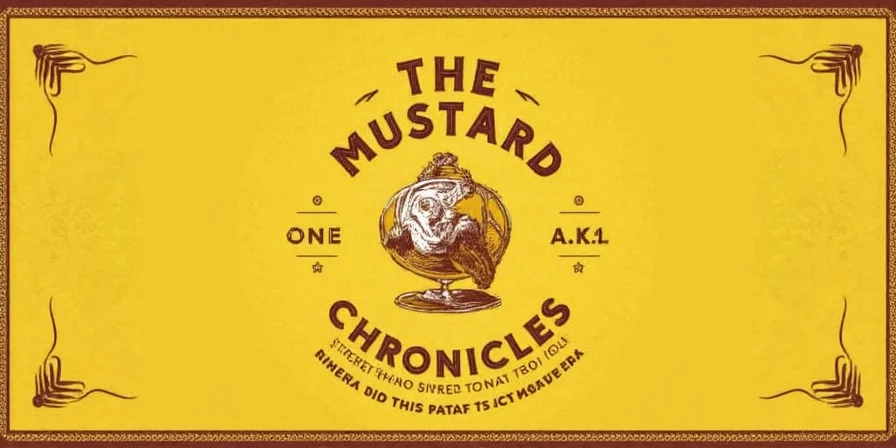
The Science Behind the Sting: Why Mustard Bites Back
You know that zing you feel when mustard hits your tongue? That’s all thanks to science! When mustard seeds are crushed and mixed with liquid, enzymes activate compounds called isothiocyanates. These molecules travel through the air and hit your nasal passages, giving you that classic sinus-clearing effect.
Fun fact: This reaction only happens when water-based liquids are used. If you mix mustard with alcohol (like in Dijon), the sting is less intense but the flavor lasts longer.
Mustard Myths Busted: What You Probably Got Wrong
Let’s set the record straight on some common mustard myths:
- Myth: All mustards are created equal.
Reality: Not even close! From American yellow to English mustard to Ethiopian berbere mustard, each type has a distinct flavor and texture. - Myth: Mustard goes bad quickly.
Reality: Most commercial mustards have a shelf life of up to two years. Homemade versions should be refrigerated and used within a week or two. - Myth: Mustard is just a condiment.
Reality: It’s also a powerful flavor enhancer, marinade booster, and ingredient amplifier in both savory and sweet dishes.
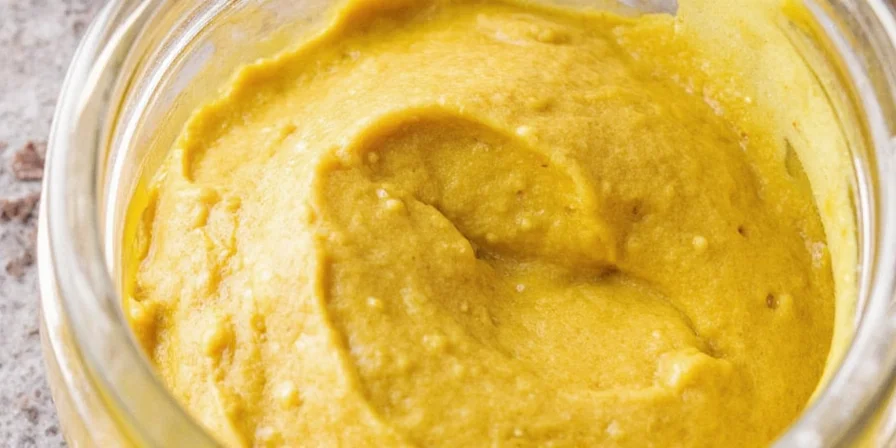
Closing Thoughts: Celebrating a Global Spice Icon
So where did mustard originate? While no single country can claim it entirely, mustard’s journey from ancient Egypt to modern kitchens is a testament to its enduring appeal. Whether you prefer it mild or wild, mustard remains one of the most versatile and beloved spices around the world.
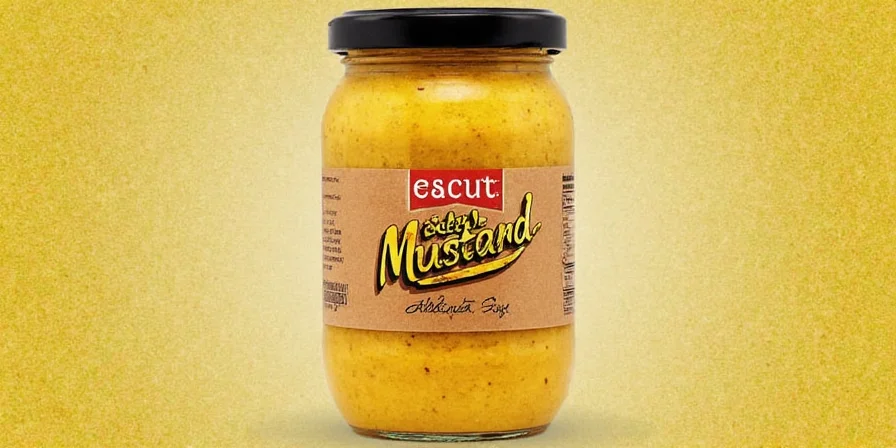

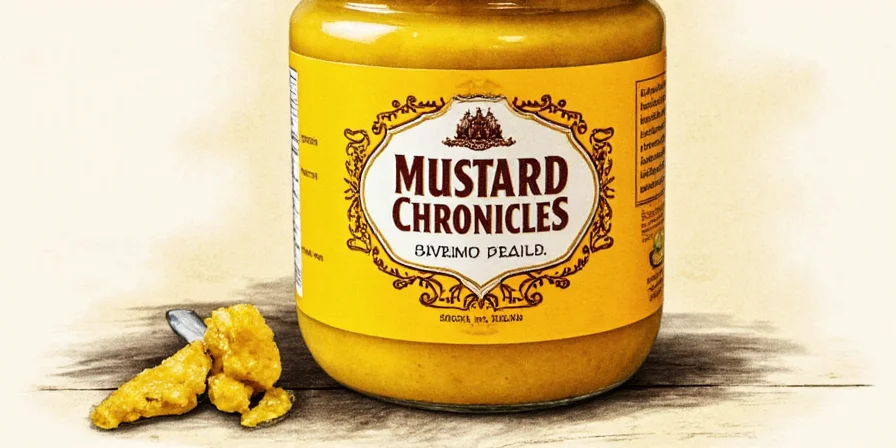









 浙公网安备
33010002000092号
浙公网安备
33010002000092号 浙B2-20120091-4
浙B2-20120091-4